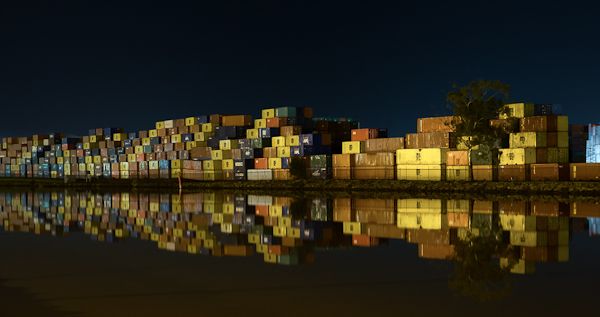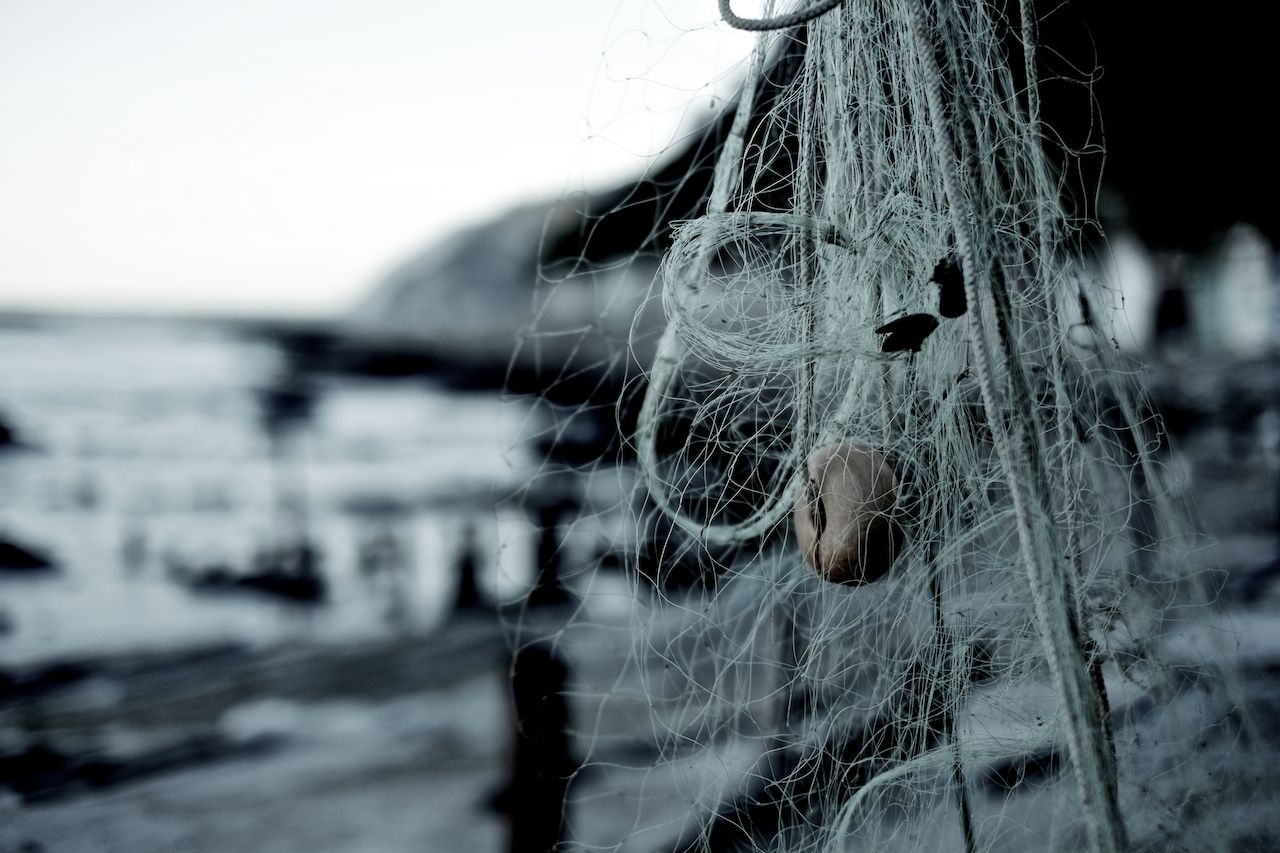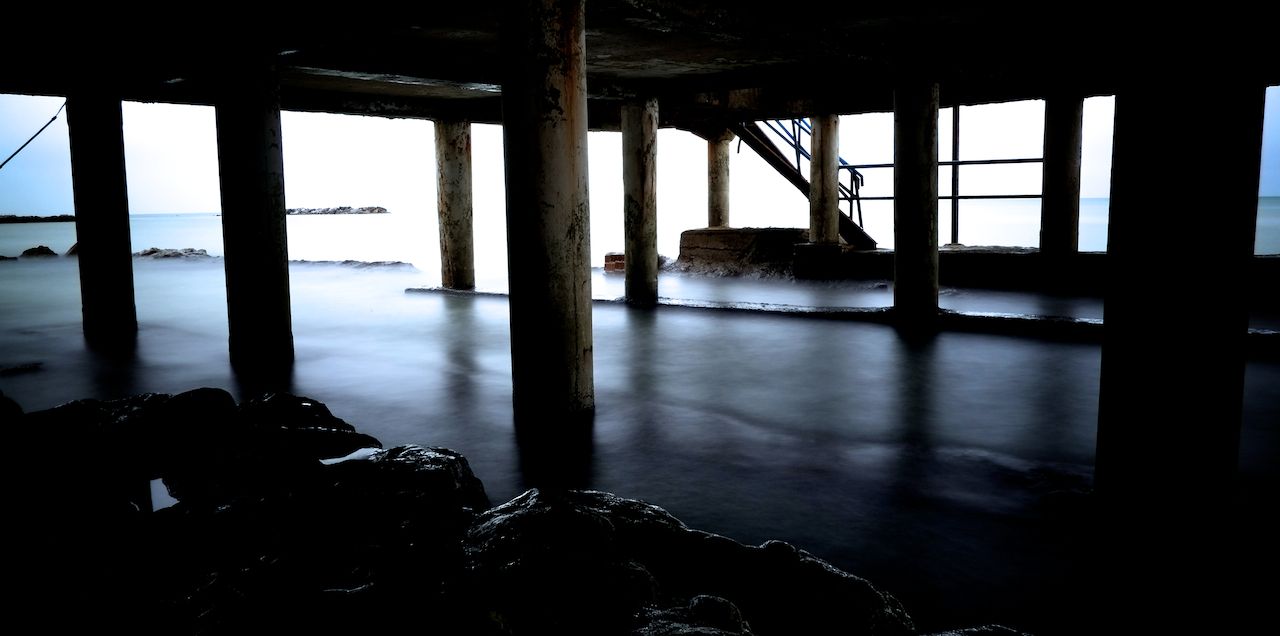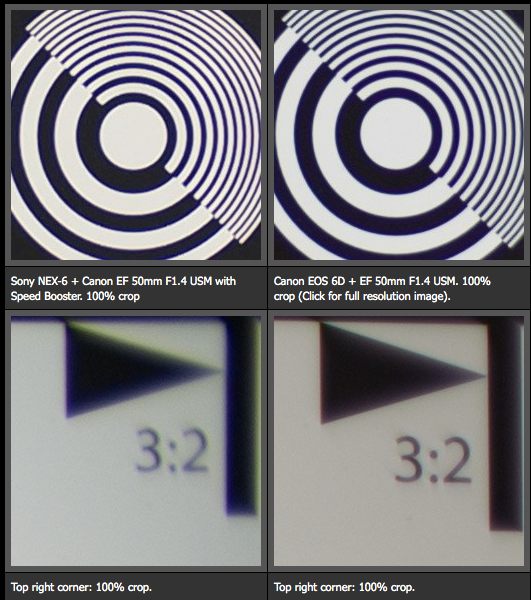Some interesting Fuji news from the CP+ show.
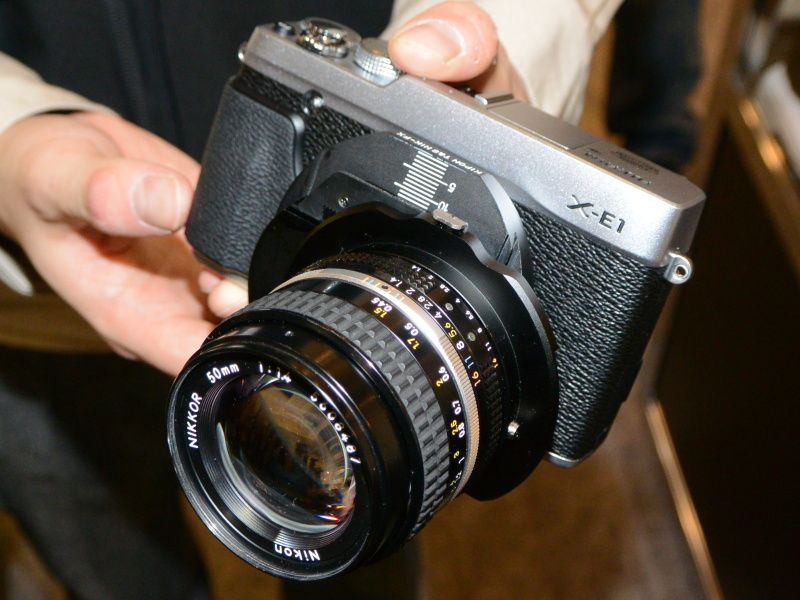
The big show in Yokohama started but there is no really big news this year. No camera manufacturer really launched something extraordinary new (No FF DSLR, no new Mirrorless camera). So let’s see what happened around the Fuji world. On top you can see the image of the Kipon Tilt Shift adapter to use with Nikon or Hasselblad lenses on Fuji X cameras (Source: DC.watch).

And here are two of the three new Zeiss lenses that will be on market in April-May. As you know we will have the 12mm f/2.8, 32mm f/1.8 and 50mm f/2.8 with a price of around 1.000 Euro.
And let’s end with a new Fuji product that has nothing to do with cameras but it shows how innovative the company can be: Fujifilm’s flexible Beat speaker diaphragm lets us roll up the rhythm (Engadget).


